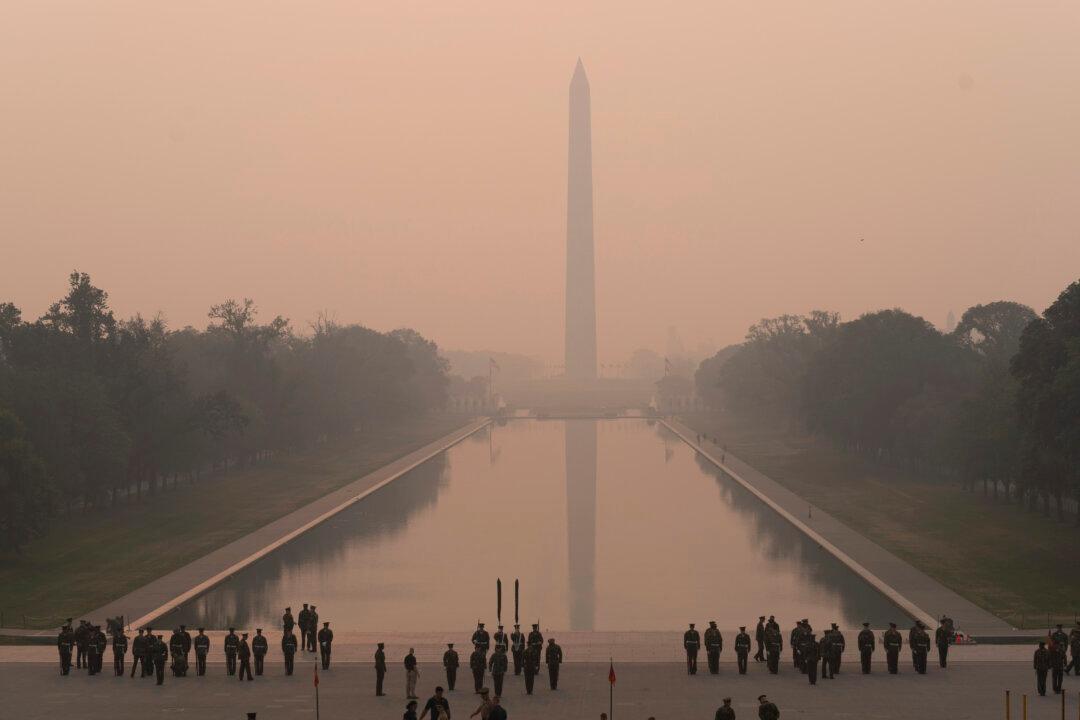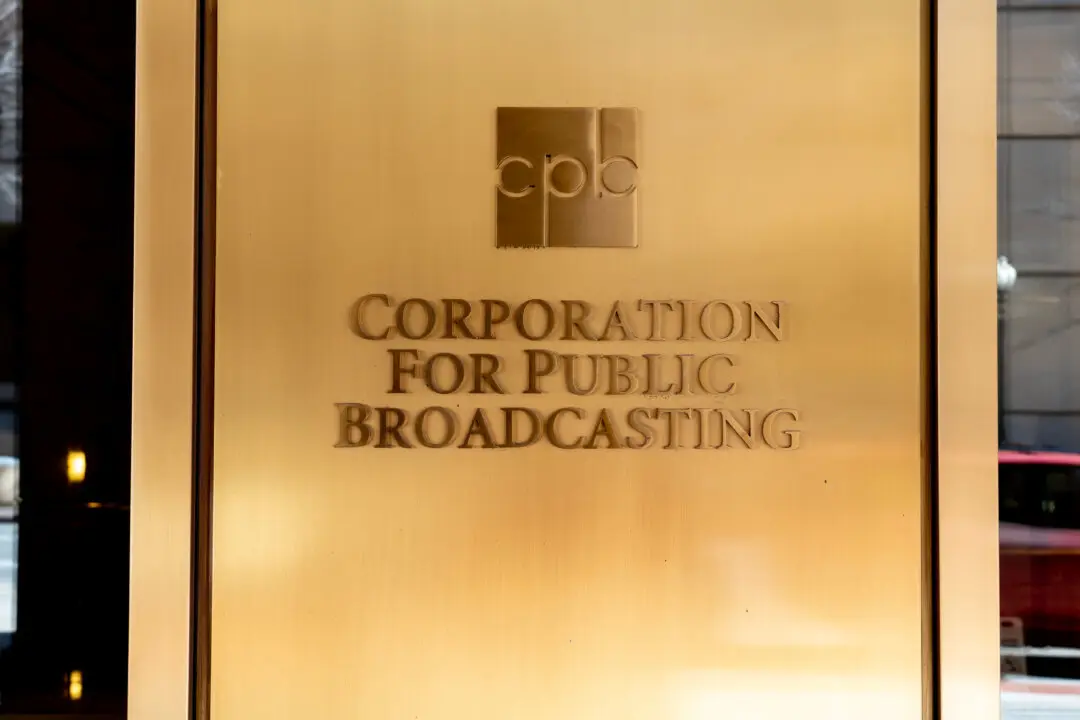The Biden administration has finalized a new national limit for soot, the tiny air pollution particles from tailpipes, smokestacks and wildfires, saying that stricter air quality standards could prevent thousands of premature deaths a year.
The rules revealed on Feb. 7 by the U.S. Environmental Protection Agency (EPA) would set maximum levels of soot, otherwise known as fine particulate matter air pollution, or PM2.5, at 9 micrograms per cubic meter of air—down from 12 micrograms set more than a decade ago, under the Obama administration.





